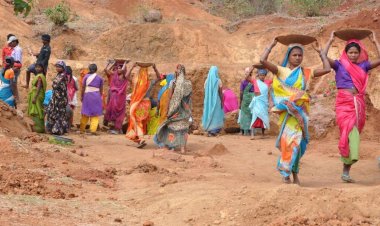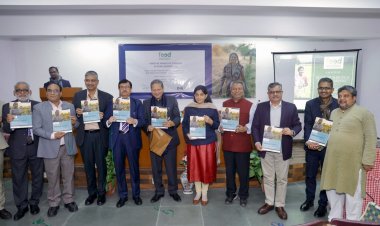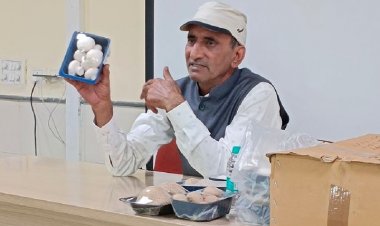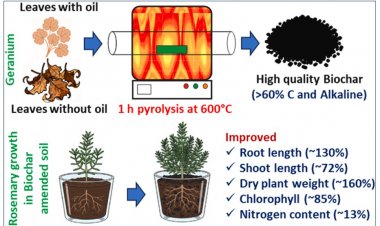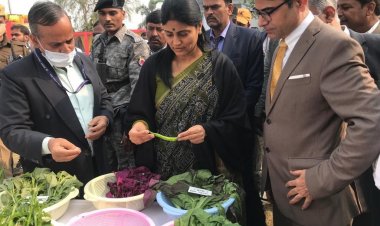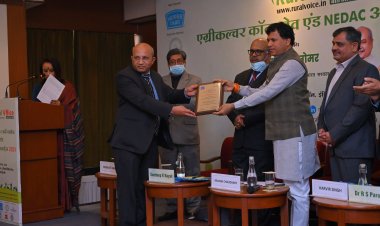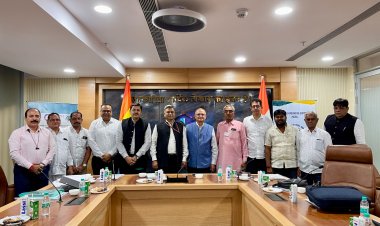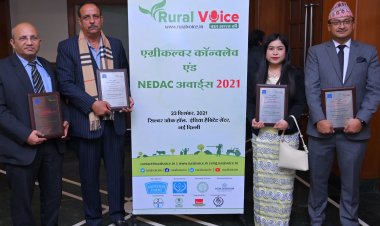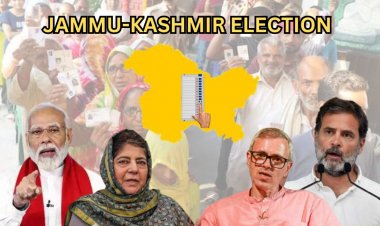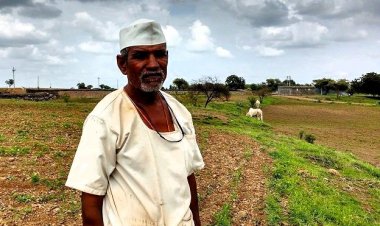Create a farmer distress index; make it easy to get agricultural loans: BKS-Nabard report
In order to find a long-term solution to the problem of indebtedness of the farmers, a few suggestions have been made regarding farm loan waivers (FLWs) in a Bharat Krishak Samaj (BKS)-Nabard study report. These include making borrowing easier and reducing paperwork, creating a farmer distress index, considering the use of grants rather than FLWs and correcting the definition and treatment of NPAs for farmers.
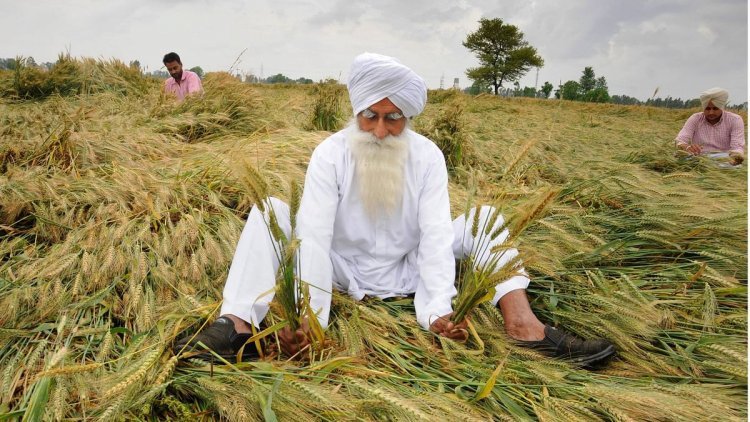
The central and state governments come up with farm loan waiver (FLW) schemes from time to time. Despite this, the condition of the distressed farmers does not improve. It takes only a few years for them to become indebted again. In order to find a long-term solution to this problem of the farmers, a few suggestions have been made regarding FLWs in a Bharat Krishak Samaj (BKS)-Nabard study report. These include making borrowing easier and reducing paperwork, creating a farmer distress index, considering the use of grants rather than FLWs and correcting the definition and treatment of non-performing assets (NPAs) for farmers.
The report says that FLW was originally designed to be a one-off event meant to help farmers and banks in situations of extreme plight like severe and widespread drought or flood. However, in course of time, the frequency of waivers increased and even those farmers started getting benefited who were not in distress. This has diluted the purpose of the scheme.
According to the report, the coverage of institutional loans like those from banks has expanded. Notwithstanding, there are still a large number of farmers to cover. The existing policy innovations need to be taken to all the farmers throughout the country. For this, the administrative process of getting institutional loans needs to be simplified and the cumbersome paperwork reduced. Often the poor and illiterate farmers have to use the services of the middlemen to approach banks. Experience suggests that such middlemen are also preferred by the banks because this makes their job easier. However, these middlemen often take a percentage of the sanctioned loan or a fixed fee from the farmer. In UP several farmers even think that such middlemen are officially appointed and are an unavoidable part of borrowing loans from banks. The report says that the government also needs to caution the banks and financial institutions against excessive loaning. This leads to a deterioration in the quality of credit.
Tenant farmers have their own problems. The conditions of security and collateral are strict. The result is that the really deserving farmers cannot access loans. A tenant farmer cannot even think of a loan waiver. He borrows from the private moneylenders at exorbitant rates of interest as he does not have collateral. They are not eligible even for PM-Kisan and other schemes of direct income support launched by various states.
The farmers who were part of the survey done for this study remarked that non-institutional loans were important to them and that they would be more distressed if they did not have access to them. It is easier for them to borrow from the moneylenders, from whom money can be taken whenever they want. The support extended by the moneylenders in times of distress was also appreciated by the farmers. The report suggests that the government should regulate these private moneylenders rather than banning them.
“Should the distressed farmers in all areas or all farmers in the distressed areas be supported?” asks the report. The moot question is about the difficulty in identifying the really distressed farmers. In the absence of any identification mechanism, the policy is adopted to support the farmers of the entire state even though not every farmer is in need of support. For example, in Maharashtra and Uttar Pradesh, most of the sugarcane farmers who had taken loans had irrigated land and they were assured of a fair price in the form of Fair and Remunerative Price (FRP) and State Administered Price (SAP). But all of them received the benefit of FLW. On the other hand, the more distressed small and marginal farmers having unirrigated lands and growing lower-value crops, particularly the ones not procured at the Minimum Support Price (MSP), may not have taken crop loans. So, they have not benefited from FLW schemes.
The report recommends visualizing an index that tracks the welfare or distress of farmers in India on a real-time basis and monitors and predicts the level of farmer distress. Results from this index can be used by policymakers to plan and design a timely and targeted method of supporting distressed farmers.
Rather than waivers, governments during colonial periods preferred a combination of unconditional transfer of a distress grant and restructuring of short-term loans into medium- or long-term loans. This way the distressed farmer got immediate access to a grant and time to pay back the loan. Governments today may also consider the use of grants instead of blanket FLWs. This will bring relief to the farmers. The government should also correct the definition of NPAs in their case.
The BKS-Nabard report cites a 2019 Reserve Bank of India (RBI) report which observes that banks are not operating any guarantee scheme which can hedge the risk of loan default by the farmers. The RBI has suggested that the central government and the state governments should set up a credit guarantee fund for the agriculture sector that is similar to the credit guarantee scheme implemented for the MSME sector. However, the BKS–Nabard report also says that a credit guarantee fund cannot solve all the problems of the distressed farmers. Indebtedness is a result of the financial problems the farmers face regularly during farming activities. The report, therefore, recommends creating an ecosystem that hedges the farmers from extreme risks and gives them adequate opportunities of making profits.
One of the perennial problems faced by the farmers is that they do not realize a fair and remunerative price for their produce. The farmers producing wheat, rice, sugarcane and cotton do get the benefits of mechanisms like MSP, FRP and SAP. The farmers growing perishables are, however, completely dependent on market forces. At the time of peak arrivals, the prices fall steeply and farmers end up selling their crops at whatever price they can realize in the markets. The report says that marketing opportunities need to be enhanced for the farmers. Letting the private sector enter as buyers in a situation of a continually strengthened APMC system may lead to better prices for the farmers. Encouraging the food-processing industry will also lead to benefits in this respect.
The report recommends addressing the infrastructure deficits in rural areas. Due to free electricity in some states, there is an excessive and wasteful use of underground water, says the report. Electricity to the farmers should be judiciously priced. This can ensure a better quality of electricity supply. The way forward is to continue reforms in the critical electricity sector. Besides electricity, a good network of roads is also necessary for rural areas. This will help farmers connect with the buyers better and realize better prices for their produce.
According to the report, Pradhan Mantri Fasal Bima Yojana (PMFBY) and Restructured Weather-Based Crop Insurance Scheme (RWBCIS) are bold initiatives. However, there have been several instances of delayed settlement of insurance claims and farmers receiving a very small amount of insurance despite suffering much higher losses. A combination of weather-based crop insurance scheme and yield-based scheme needs to be developed for various crops. However, crop insurance is a difficult scheme and even developed countries have struggled to find a workable model. The scheme requires constant evaluation so that the distressed farmers receive adequate and timely claims.



 Join the RuralVoice whatsapp group
Join the RuralVoice whatsapp group


















